With no doubt , the pandemic generated by the coronavirus affects the welfare and health of people globally, in that sense, last March 15, 2020 the central government adopted as the main measure to prevent the spread of the virus the order of mandatory social immobilization and consequent paralyzation of much of the productive activities of the country. Then, after almost two months of the state of national emergency, on Saturday, May 2, the Executive Power ordered the economic reactivation in 4 progressive phases.
As a result, many will attend their workplaces under a different scenario and with a new risk, the contagion of the COVID-19 disease. For this reason, and precisely to avoid it, the State has established as a precondition for the resumption of work activities, the implementation of a new protection and prevention protocol to prevent the spread and spread of the virus and thus ensure the health and life of workers.
Under this scenario and through Ministerial Resolution 239-2020-MINSA¹, on April 28, the State approved the Technical Document called “Guidelines for health surveillance of workers at risk of exposure to COVID-19”. This document establishes the essential guidelines for prevention, proper surveillance and control of workers’ health, detailing general criteria that will be mandatory during the health emergency and before the return to economic activities.
As it is already becoming evident, the main objectives of this standard are grouped in three verbs: to monitor, prevent and control the health of workers from the risk of exposure to COVID-19, being applicable to both legal and natural persons, whether they are civil servants or public officials or any person who has any contractual or labor relationship with the private or public sector.
What does this technical document provide?
The main obligation lies with the employer and provides that prior to the start of its activities it must implement measures to ensure and guarantee the safety and health of its workers, for which it must prepare the “Plan for the surveillance, prevention and control of COVID-19 at work”, which must be submitted to the Occupational Safety and Health Committee or to the Occupational Safety and Health Supervisor.
What should this plan contain?
The plan must include all the activities and actions that will allow compliance with the 7 specific guidelines established in the technical document, namely:
1) Cleaning and disinfection of workplaces,
2) Evaluation of the worker’s health condition prior to return or reincorporation to the work center.
3) Mandatory hand washing and disinfection.
4) Awareness of the prevention of contagion in the workplace.
5) Preventive measures of collective application.
6) Personal protection measures (PPE).
7) Surveillance of the worker’s health in the context of COVID-19.²².
In turn, you will have to detail the number of workers in the company, identify the type of exposure risk (Very high, High, Medium or Low) and the characteristics of this surveillance and prevention for risk of contagion.
What is the procedure to follow after the elaboration of the Plan?
The “Plan for the surveillance, prevention and control of COVID-19 in the workplace” must be registered by the employer with the Ministry of Health- INS, and the plan will be submitted during its implementation through the virtual desk system.
Who is in charge of supervising and monitoring compliance?
With this guideline, it is established that SUSALUD and SUNAFIL will be the supervising entities, with the possibility that others may be presented on aspects within their competence.
Thus, the health and labor sectors will be the main ones in charge of monitoring the plan, and their role will be governed according to their competence, therefore, the companies have the responsibility to implement this plan at the beginning of their activities and to adapt them during the development of their activities, since general budgets of mandatory compliance are established.
However, let us not forget that this is joint work, just as employers must adopt preventive measures, workers must also help control the spread of the disease, being responsible for the care and implementation of the measures provided in their workplaces.
Crime of Attempt against safety and health conditions at work (Art. 168-A)
After the unfortunate accident occurred in one of the premises of the transnational chain Mc. Donald in the city of Lima, where two people lost their lives, by means of Emergency Decree 044-2019, published on December 30, 2019, the State modified Article 168-A of the Criminal Code, basically, it hardened its wording to the detriment of the employer, by establishing that it will be enough for the configuration of the crime the deliberate infringement of the safety and health standards at work and that these have put in imminent danger the life, health or physical integrity of the worker in a serious way.
Under this new situation of risk of contagion of COVID-19 and the obligation to comply with the new “Guidelines for the health surveillance of workers at risk of exposure to COVID-19”, whose supervision and control corresponds mainly to SUSALUD and SUNAFIL, it is important that the employer is aware of the risk of contagion of COVID-19 and the obligation to comply with the new “Guidelines for the health surveillance of workers at risk of exposure to COVID-19”. It is important that the employer is aware that the violation of these new health and labor directives will result in criminal penalties of no lesser severity, since the penalties for this crime range from one to four years if the life or health of the worker was put in imminent danger and between four and eight years if the death or serious injury of the worker occurs.
Today most of the companies in the country have already implemented a comprehensive risk prevention system within their commercial operation, so that adapting this new protocol to their management system should not be a major difficulty, the problem will have many other small businesses that still do not have it, hence the importance of the support to be provided by the State, advising and accompanying them in this process if they really want it to be a real prevention system and not one that only complies in appearance.
We close this commentary by noticing how the State, little by little, but increasingly, is leading companies in the direction of regulatory compliance systems or also called compliance. It all started, several years ago, with the discussion of the autonomous liability of the legal person, then with the incorporation of administrative liability for the crimes of Transnational Active Bribery in 2016, extended in 2017 for the crimes of Corruption, Money Laundering, Illegal Mining, Organized Crime and Terrorism and subsequent modification of 2018, where in addition the crimes of Collusion and Influence Trafficking were included and already express reference is made to the prevention models (compliance). Although there is no obligation yet to implement these compliance programs for other crimes, increasingly the State has been establishing procedures and rules whose monitoring and control is made more effective through these management mechanisms.
RM 239-2020-MINSA/ Technical Document “Guidelines for the surveillance, prevention and control of the health of workers at risk of exposure to COVID-19”.
2. Ibidem, point VII. Specific provisions, 7.2 Guidelines for the surveillance, prevention and control of COVID-19 at work.



